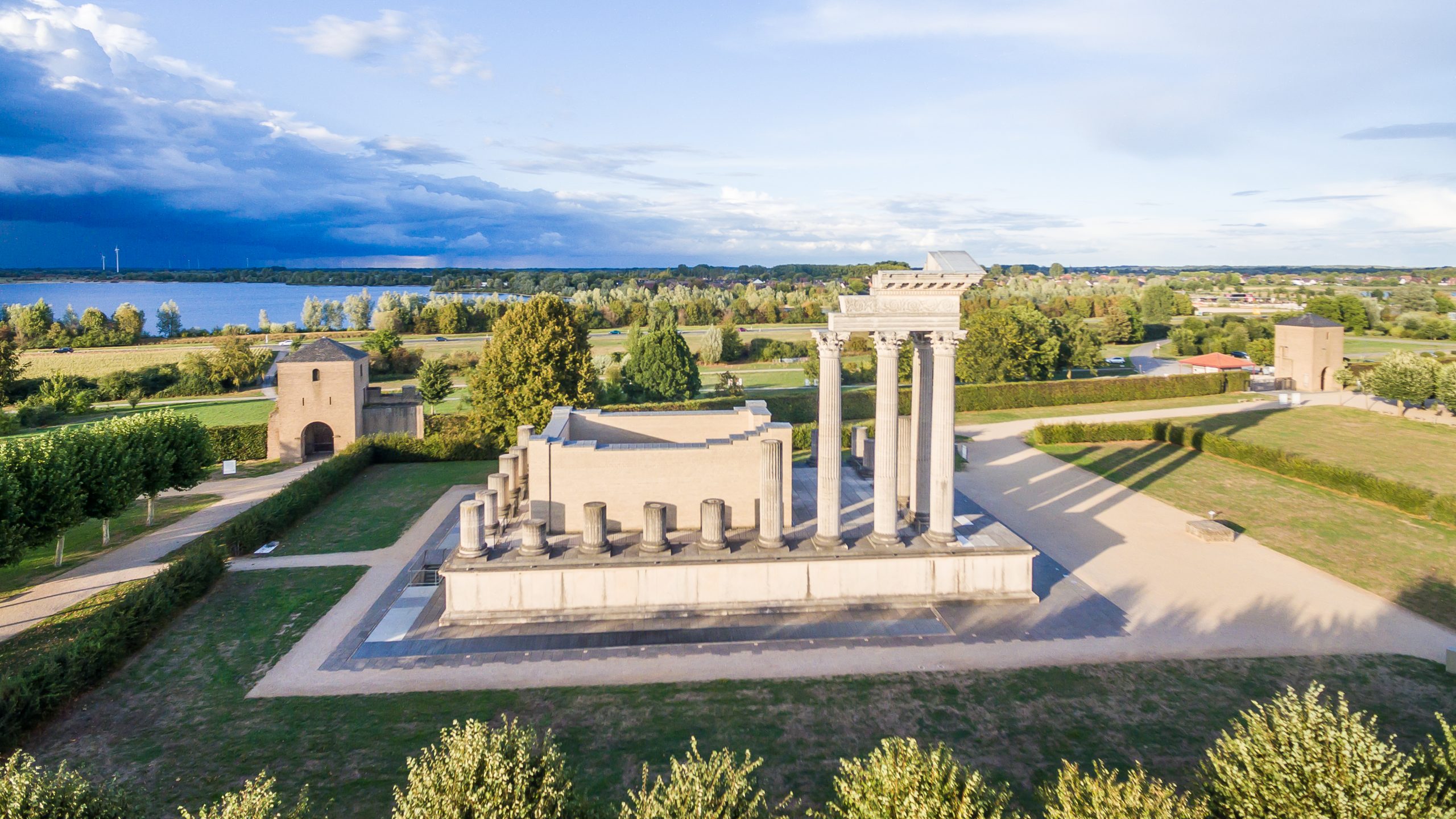For those of us who are passionate about ancient Rome, and if you are reading this then you are likely among that group, finding the most authentic sites can sometimes become a quest. We may have been disappointed when we first learned that many buildings in Pompeii have been restored over the years. Yet deep down, I imagine every one of us has wished that, for an instant, we could wander the streets and buildings of ancient Rome, to see the sites in all their glory. So when that wistful desire takes hold, here are 6 sites to visit with excellent reconstructions that will allow you to feel, for that moment, that you walked in ancient Rome.
This is by no means a comprehensive list, and a part two is most certainly a possibility! If you have favorite Roman “theme parks” that allow you to immerse yourself in ancient times, feel free to make suggestions! Write to us on contact@timetravelrome.com or just leave a comment at the end of this post.
6. Alesia / Alise-Sainte-Reine, France
The site of Julius Caesar’s famous siege, Alesia includes many authentic ancient ruins as well. However, it also has excellent reconstructions of the circumvallation and contravallation fortifications erected by Caesar.
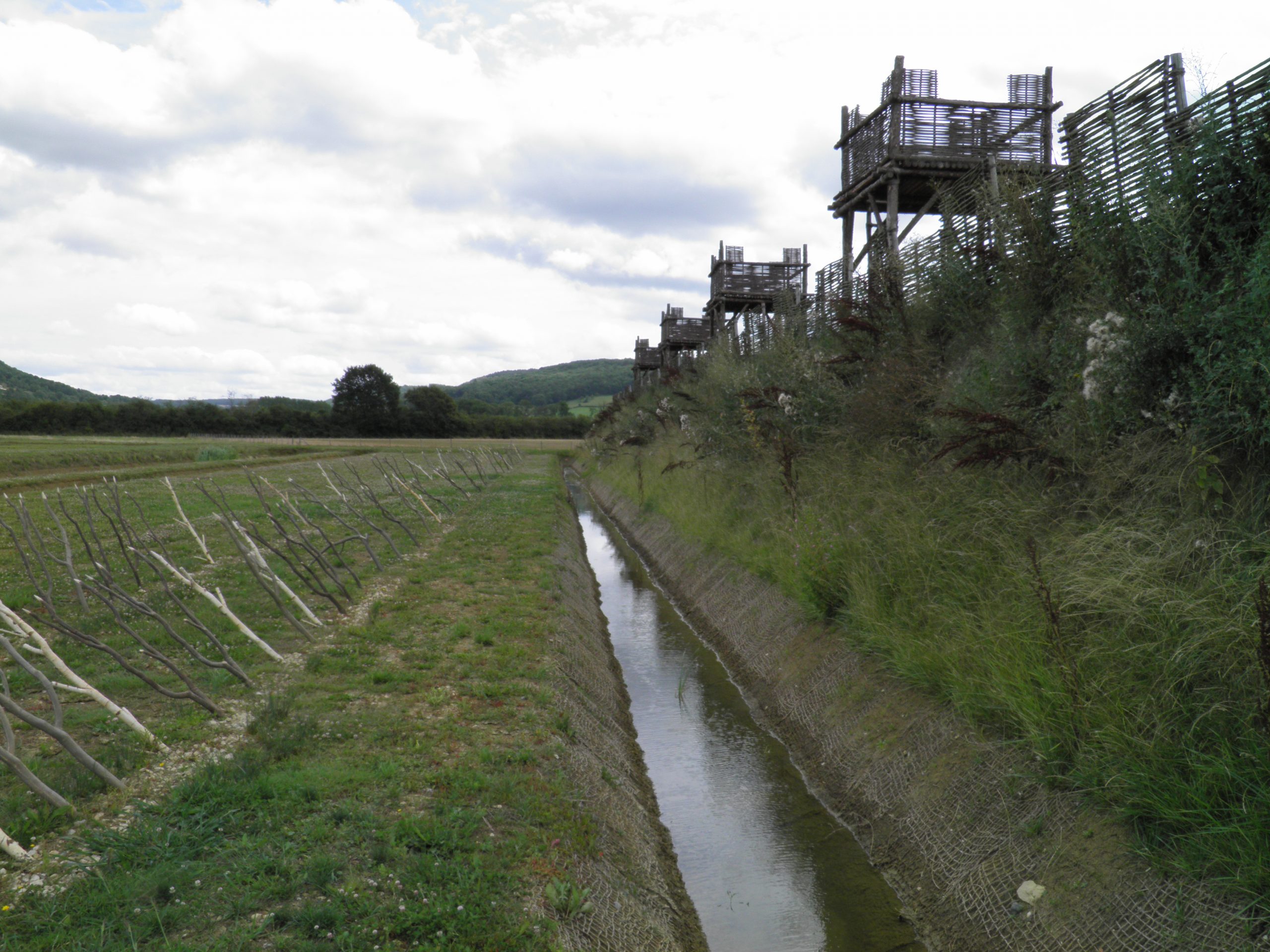
Alesia by Carole Raddato licensed under CC BY-SA 2.0
What to See Here:
The modern town of Alise-Sainte-Reine was constructed at the foot of the ancient hill fort. It has been possible for archaeologists to excavate and preserve a large amount of the Roman town which was built at the Roman remains which have survived, include paved streets (with evidence of the shops that would have lined them), a forum, the lower sections of a theatre and basilica and several houses with well-preserved basements. A building associated with the city’s metalworkers, called the Monument of Ucuetis (a minor Celtic god whose name was found on an inscription in the building) has also been discovered; whilst a reasonable amount of the building has survived above ground, its most impressive feature is a beautifully preserved underground chamber.
Not ancient, but also of interest, is a large statue of Vercingetorix, built in 1865, as a symbol of French nationalism. In recent years, the entirety of the hill fort and the fields surrounding it have been turned into the MuséoParc Alésia. This consists of a large museum and visitor’s centre and various Roman reconstructions, including a full-size 100m section of Caesar’s fortifications. The museum offers guided tours of the ancient site throughout the year.
5. Aquincum / Budapest, Hungary
To see an example of a Roman home, check out the Museum of Aquincum in Budapest which includes a fully reconstructed home of a Roman painter.
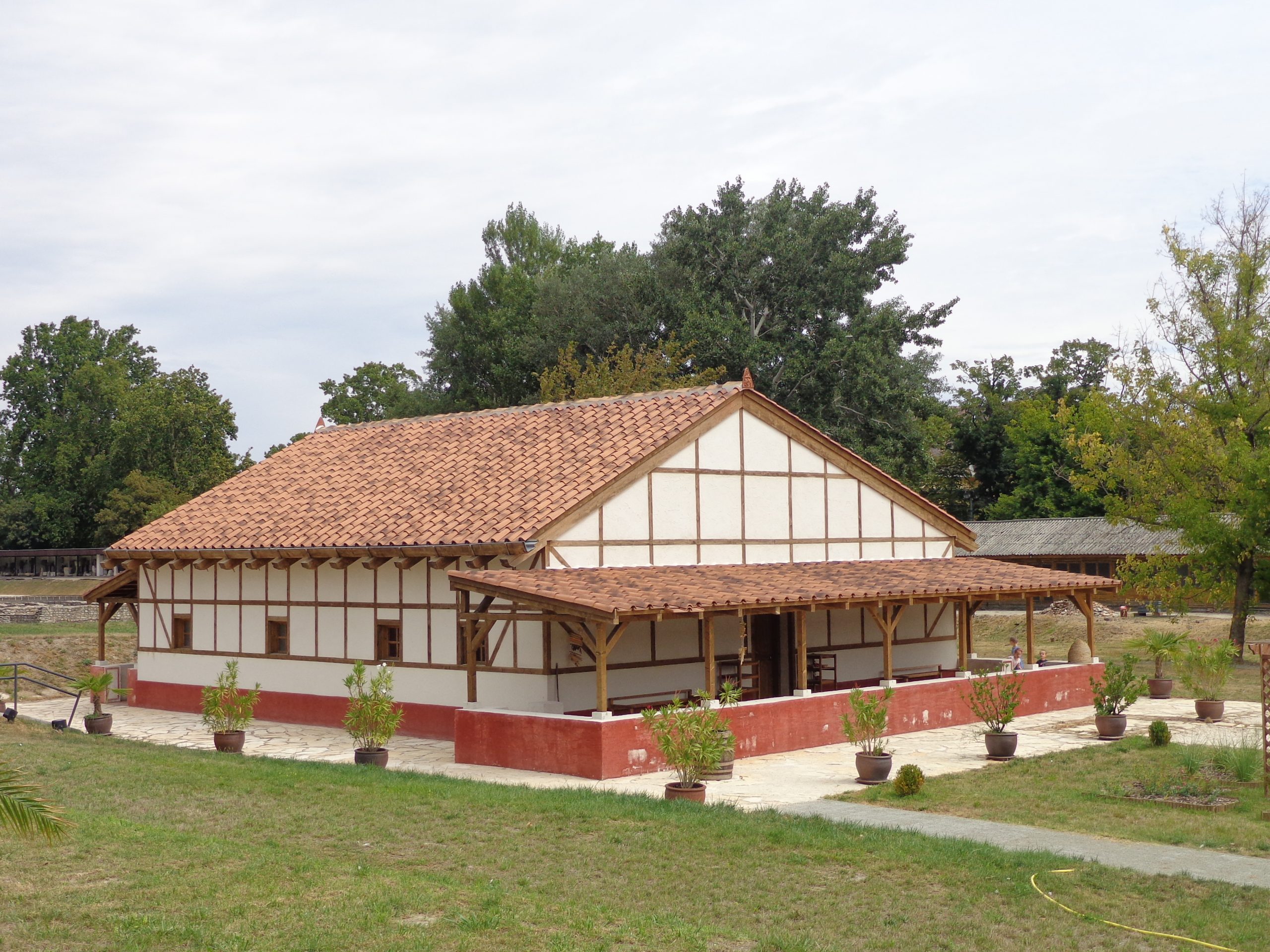
What to See Here:
The Museum of Aquincum is rich in archaeological remains, but also offers a possibility to have a look at a fully reconstructed roman house, which is accessible to visitors. The seven rooms building was first excavated in 1941 and then more recently in 2009 and in 2011. Most of the house’s rooms were richly decorated with wall paintings and carved elements were added to the exterior. The area under the house was sloping, so the rooms were constructed on different levels. The first phase of the building was constructed in the first half of the 2nd c. AD, and the house was abandoned in the middle of the 3rd c. after several reconstructions.
The visit of the house offers a detailed view on various aspects of Roman life: the house’ atrium, kitchen (culinia), dining room (triclinium), reception room (tablinum), bedroom (cubiculum) and several others were reconstructed; roman furniture and restored wall paintings complete the picture.
4. Augusta Raurica / Augst in Switzerland
Another site blending old and new, Augusta Raurica houses many ancient ruins, as well as an excellent reconstruction of a Roman house and examples of daily Roman life.
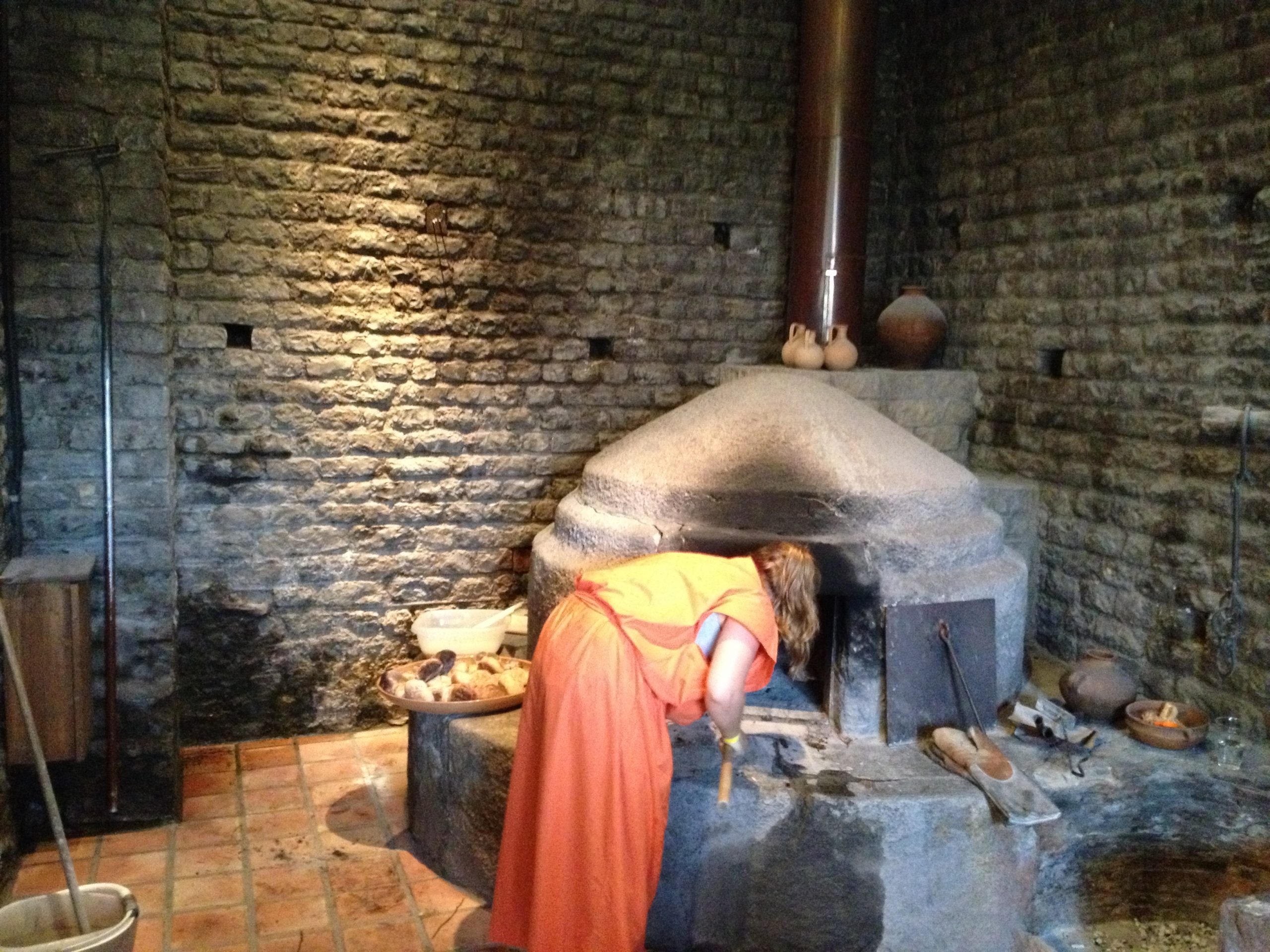
What to See Here:
An open-air museum protects the impressive ruins of Augusta Raurica today, which lie near the modern village of Augst, east of Basel. Having largely escaped medieval or modern redevelopment, Augusta Raurica is generally considered the best-preserved Roman city north of the Alps. Several structures have survived in a remarkably intact state. Of particular note are the main forum, which includes the Temple of Jupiter and a basilica, and the theatre, which was the largest such edifice north of the Alps, with a seating capacity of up to 10,000. Also of interest are the aqueduct, an amphitheatre, the walls of the later Castrum Rauracense, and the remains of a taberna and other commercial premises.
Finds from the colony are on display at the Roman Museum, which traces the history of Augusta Raurica from its foundation to its eventual decline. Highlights here include a reconstructed house illustrating the daily life of ordinary Roman citizens and a hoard of silver known as the Silver Treasure of Kaiseraugst.
3. Arbeia / South Shields, England
An extensive reconstruction of a Roman fort, this site also hosts many demonstrations and children’s activities.
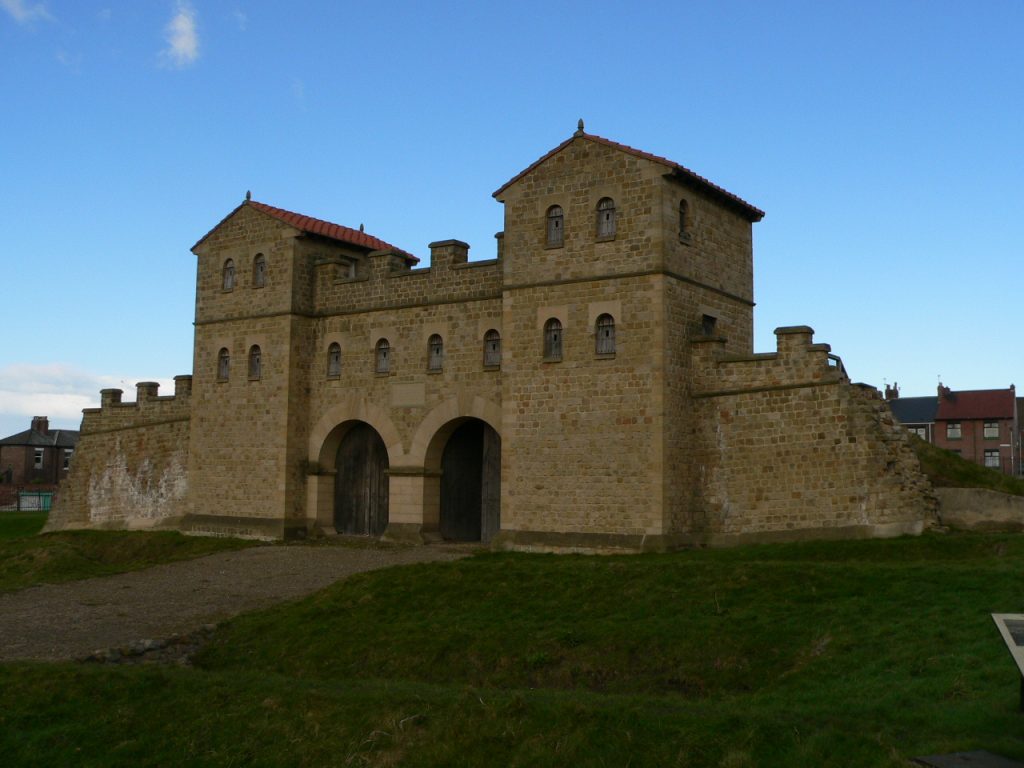
What to See Here:
The outline of the original defensive wall and the interior buildings can be seen on site with the foundations and some partial lower courses remaining. The site has recently undergone extensive renovations with the opening of a cultural centre. Several buildings have been reconstructed at full size to show visitors what they would have looked like under the Romans. These include the praetoria, barracks, and the western gate. The onsite museum also displays artefacts from the site along with a large scale model of the fort in its various phases of construction.
2. Carnuntum / Petronell-Carnuntum, Austria
Carnuntum contains several deeply researched reconstructions of 4th century Roman homes, including a luxurious villa, craftsman’s home, and baths, among others.

What to See Here:
The ruins of Roman Carnuntum have been the subject of intensive investigation over many years. The municipal amphitheatre could seat 13,000 spectators and survives in a reasonable state of preservation. Beside it is the practice arena of the city’s gladiator school, recently reconstructed. The smaller and older military amphitheatre can also be visited. The Roman City Quarter includes four reconstructed urban buildings dating from the fourth century, among them a lavish villa, a middle-class home, baths and a building with a mosaic floor.
The Museum Carnuntinum in Bad Deutsch Altenburg, meanwhile, houses many remarkable finds from the city. Among the most important finds is an altar to Mithras, erected in AD 308 on the occasion of the visit by the emperor Diocletian. Lastly, the Heidentor (meaning ‘heathen’s gate’) is a massive triumphal arch standing 14 metres high and the only structure that survives as more than just foundations or as a reconstruction; it was erected in the mid-fourth century during the reign of Constantius II.
1. Ulpia Traiana / Xanten, Germany
The archeological park of Ulpia Traiana is supremely passionate about its reconstructions. Surrounded by a full-size reconstructed Roman wall and gate, the interior boasts villas, houses, a temple, functional amphitheatre, Roman inn, and more. Like Arbeia, it also offers reenactments, demonstrations, and children’s games and activities.
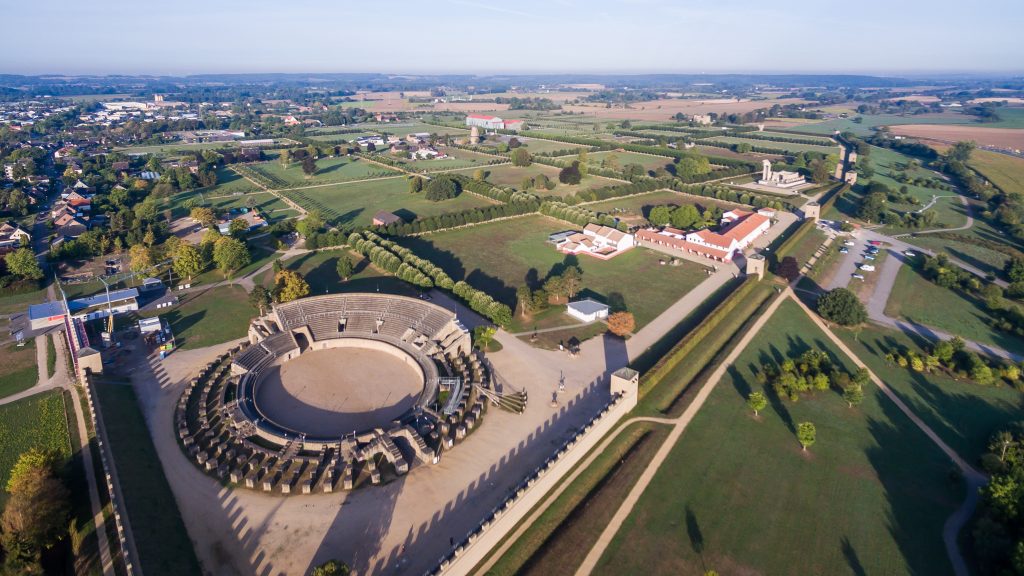
What to See Here:
Modern Xanten houses a magnificent Archaeological Park, which is one of the most visited open air museums in Germany. Highlights of this reconstruction of Roman Ulpia Traiana, using materials employed in the original structures, include the amphitheatre and harbour temple. The park now embraces almost the entire area of the original colony. Finds from the site are either on display in Xanten or in the Rheinisches Landesmuseum in Bonn.
7. Timetravelrome
No, to be honest, there no seventh place in our top-six list. ;) But maybe you can find it yourself among >4000 Roman places that are shown on the map and described in our Timetravelrome mobile app? Feel free to download it ! This way you will support this blog.
To find out more: Timetravelrome.
Author: written for Timetravelrome by Marian Vermeulen.
Header Photo: Colonia Ulpia Traiana by Raimond Spekking licensed under CC BY-SA 4.0
